In life, we all have that one person we look up to, a role model whose footsteps we try to follow. At Leo Berber, we recently had the pleasure of collaborating with Georg Pummer, who opened up to us about his own role model, H.R. Giger.
Although the name H.R. Giger may not immediately ring a bell, his work certainly will. As the designer of the iconic alien from Ridley Scott’s Alien movie in 1979 or as a key member of the special effects team that won an Academy Award for the visual design of the same sci-fi horror classic. His style has been adapted to many forms of media, including album covers, furniture, tattoos, and video games.
Giger is best known for his airbrushed images that blend human physiques with machines, that is often described as “biomechanical”, creating a surreal, nightmarish dreamscape. He later abandoned airbrushing for pastels, markers, and ink.
It didn’t take us long to see Giger’s influence in Pummer’s work. Like Giger, Pummer began his artistic journey with airbrushing (although on cars as a car body painter), and his early collections portrayed surreal scenes depicting a human interaction with machines, trying to survive a self-inflicted destruction of the environment.
As Pummer continued to develop and grow as an artist, Giger’s influence on his work became more nuanced and refined. In his current portrait work, the machines take a more subtle place within his pieces, as Pummer created a unique glitch style to depict technology. Furthermore, Pummer’s choice of color palette creates a feeling of melancholy and nostalgia, reminding us of the brevity of our existence and the fleeting nature of life.
We are excited to see how Pummer continues to develop and evolve his artistic style as he pays homage to one of his greatest inspirations, and look forward to our cooperation.

H.R. Gigers' famous works
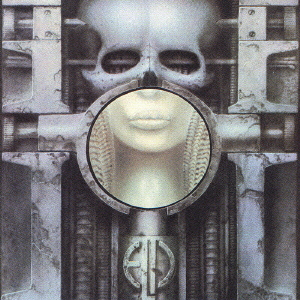
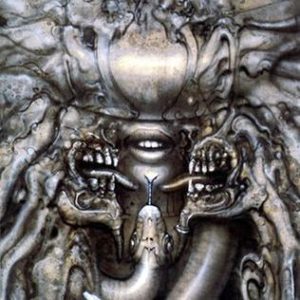
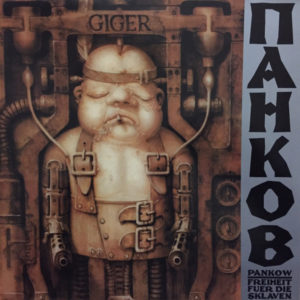
The Evolution of Pummers' work
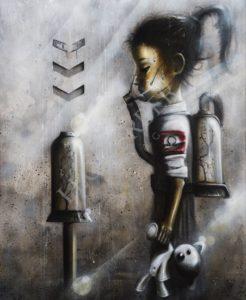
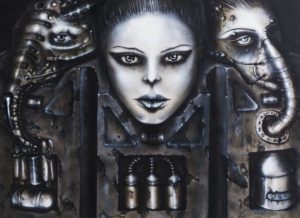
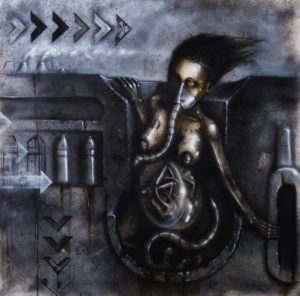
Some of the earlier works of Pummer, belonging to the collection “Evolution Alpha-Omega”.
Surreal scenes depicting a human interaction with machines, trying to survive a self-inflicted destruction of the environment

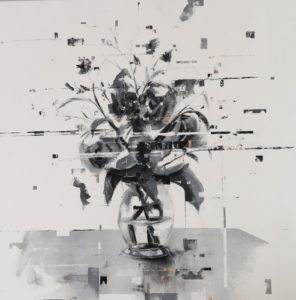

Georg Pummers’ latest work, from the collections “Nothing Is Forever” and “Glitch Flowers”.
Giger’s influence on his work became more nuanced and refined: the machines take a more subtle place within his pieces, as Pummer created a unique glitch style to depict technology. Furthermore, Pummer’s choice of color palette creates a feeling of melancholy and nostalgia, reminding us of the brevity of our existence and the fleeting nature of life.